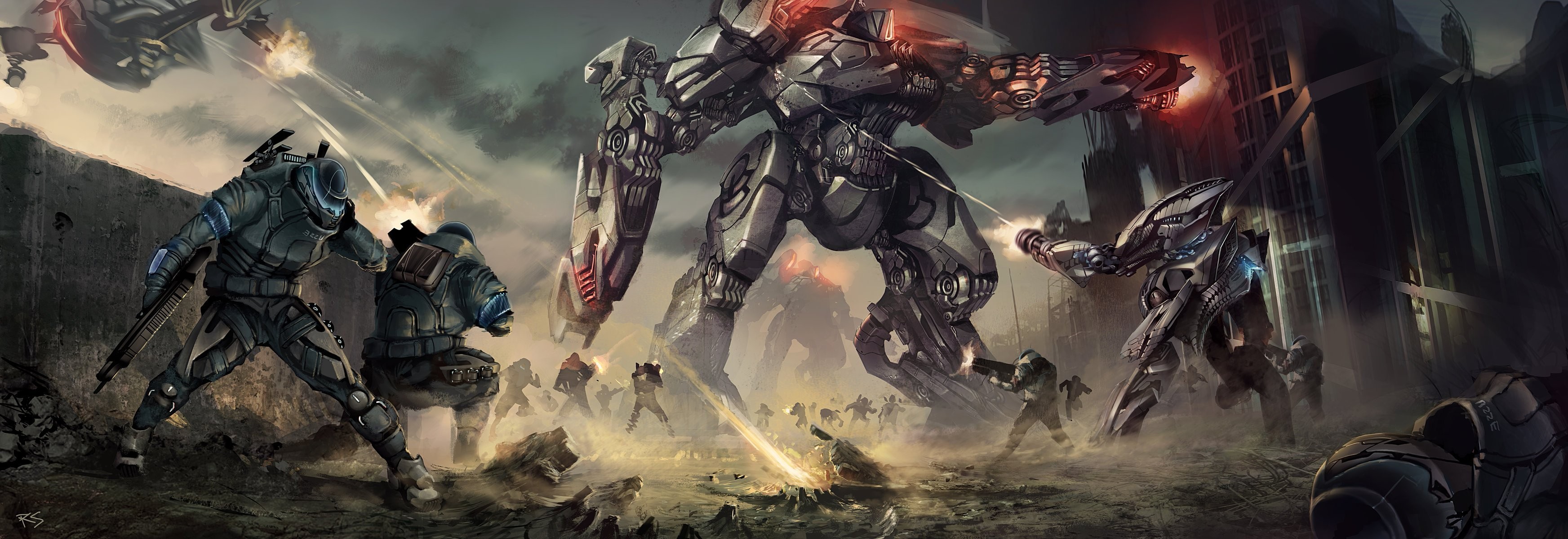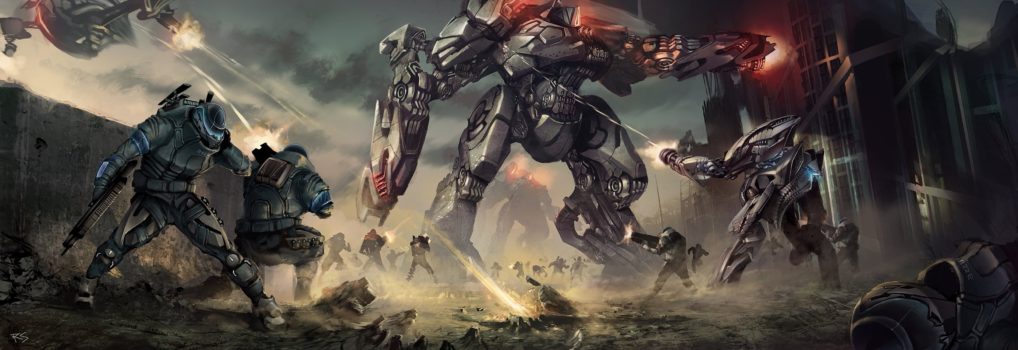
The machines stumble over tasks requiring even toddler-level balance, like kicking a ball, getting out of a car or climbing stairs. Grasping objects of varying size and weight is also perplexing.
At a research lab in San Francisco recently, a robot tried to pick up a block of wood from a table. One engineer joked the machine had a 50-50 chance. The robot rammed the table instead.
Robots are unwieldy, says Jonas Schneider, head of engineering for robotics at OpenAI, a nonprofit artificial-intelligence research firm where the robotic-arm flunked the block test. At first, he confesses, he and his team thought, “How hard can it be?”
That was before another one of their clasper machines had to be put under wraps. Sunlight coming through a window shifted, disorienting its camera sensors.
Industrial robots work in transportation, health care, mining and manufacturing world-wide. They ferry goods in warehouses and down hospital aisles. They have helped researchers in such hard-to-reach spots as the Arctic. They have even learned to drive.
Walking and navigating indoors, though, are still tricky. A security robot named “Steve” face-planted into a fountain this summer after careening down a set of steps while on patrol in Washington, D.C. Its maker, Knightscope Inc., of Mountain View, Calif., issued a statement attributed to a patched-up Steve: “Thank you to all the human life guards that pulled me out.” The company declined to comment.
Robots don’t fully understand where they are or what their actions mean. Visual sensors that allow them to explore the world don’t immediately update their software brains. Many lack touch sensors to feel objects. And it is difficult for robots to locate where sounds are coming from. In effect, they are near senseless.
This summer, Thunderfish, a 1,600-pound titanium underwater robotic vehicle reported it was swimming at 20 mph in Lake Ontario when, in fact, it was floating still. Its navigation sensors were confused by an interfering signal from a boat, says David Shea, the vice president of engineering for Kraken Robotics Inc., the Canadian company that developed Thunderfish.
“We talk a lot like they’re smart or intelligent,” Mr. Shea says, “but they’re not really.”
Robot failures are widely chronicled online. In one video, a machine called ATLAS, made by Boston Dynamics of Waltham, Mass., tries to shelve a box on a rack. It drops the box, loses its balance and, maybe trying to save itself, holds on to the rack as its falls to the floor.
The one quality robots share with many humans is they have no clue how to behave in new and unpredictable situations. That keeps them from jobs requiring contact with a capricious species—say, chauffeur or elder care.
Robots also don’t fully understand their own environment, says Hava Siegelmann, a project manager at Darpa, the federal Defense Advanced Research Projects Agency.
During Darpa’s Robotics Challenge, an obstacle-course competition that concluded in 2015, robots fell forwards, backward and sideways. One robot takes a spill after catching its foot in sand. Another shakes and jitters, arms out like Frankenstein’s monster, before it tumbles. One successfully exited a vehicle, but opening a door and walking through it was a problem for most.
In a robot apocalypse, “that’s how you keep them out of your house,” says Erik Krotkov, chief science officer for the Toyota Research Institute in Cambridge, Mass., and a former scorekeeper for Darpa’s Robotic Challenge.
Dr. Krotkov is working to develop robotic arms that can successfully grab plastic toys, water bottles, cellphones and books from a pile and place them in a box. Even when they manage to latch onto something, he says, they sometimes drop them on the floor instead.
For now, the danger from robots isn’t a takeover, it’s accidents. Work with robots at Autodesk Research’s San Francisco lab begins with a risk assessment, says senior research engineer Heather Kerrick : writing down “all the ways that someone could get hurt.”
Doors and other physical barriers keep robots from straying. Invisible laser curtains can paralyze any robot that passes. There is also the so-called dead man’s switch, a button a human has to keep squeezed for a robot to work.
“The idea is that if you’re scared, or electrocuted or got smacked in the head, you would be unable to hold this button,” Ms. Kerrick says.
The lab has had to keep a close watch on a particularly cantankerous 3D-printing robot welder. The machine once was building two metal tubes, alternating between laying down rings of molten metal on each. As it switched between the two tubes, the robo blacksmith started spewing hot metal.
Researchers intervened and quickly shut it down.
Another time, following a lunch break (for the humans), the robot welder forgot what it was doing. Like most machines, it has no sense of how much progress it has made on a job. When called back to work, it started over.
“If we had let it proceed,” Ms. Kerrick says, “it would have crashed right into the pieces it had already made.”
So far, the lab’s robots have made chairs, lamps and vases, she says, without injury to man or machine. “A big thing with robots in general,” she says, “is reasonable chance of escape.
Author: Daniela Hernandez


I spent a lot of time to find something similar to this